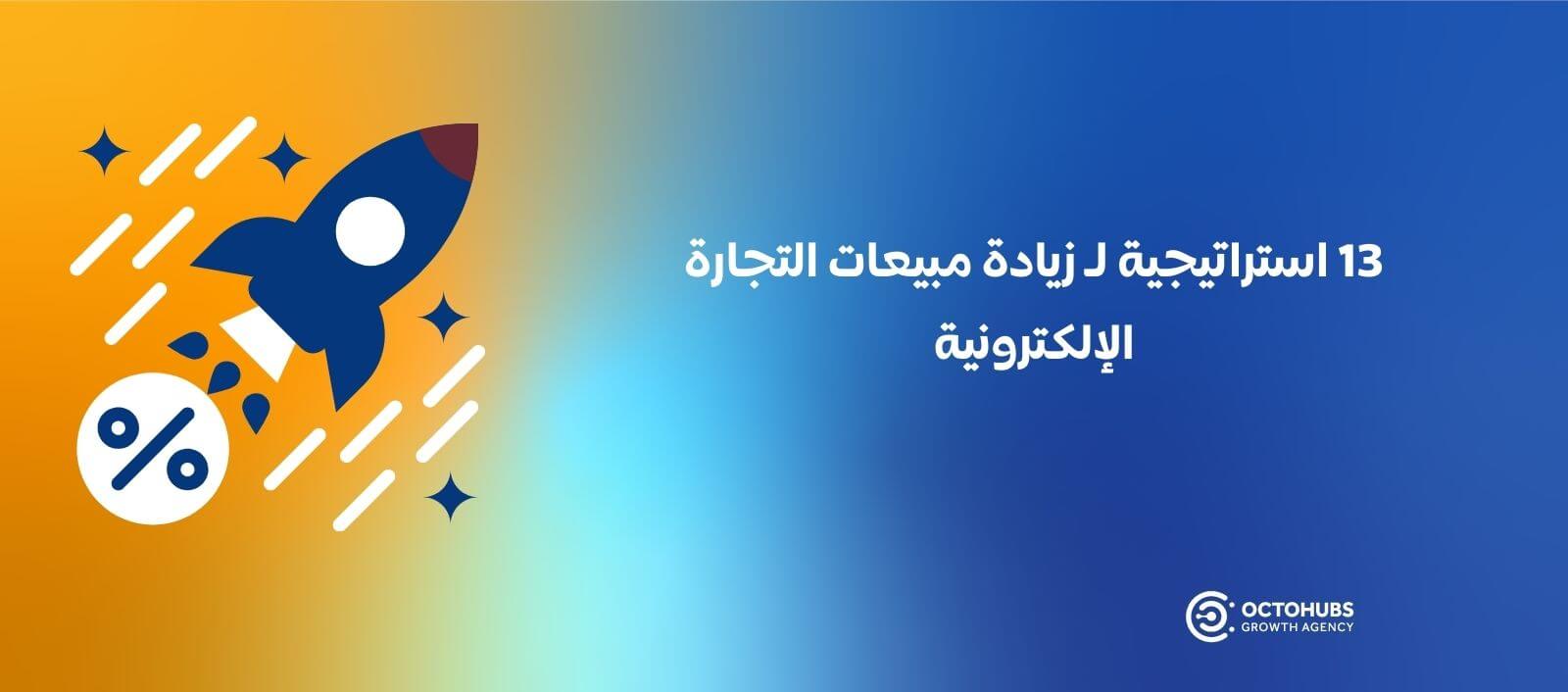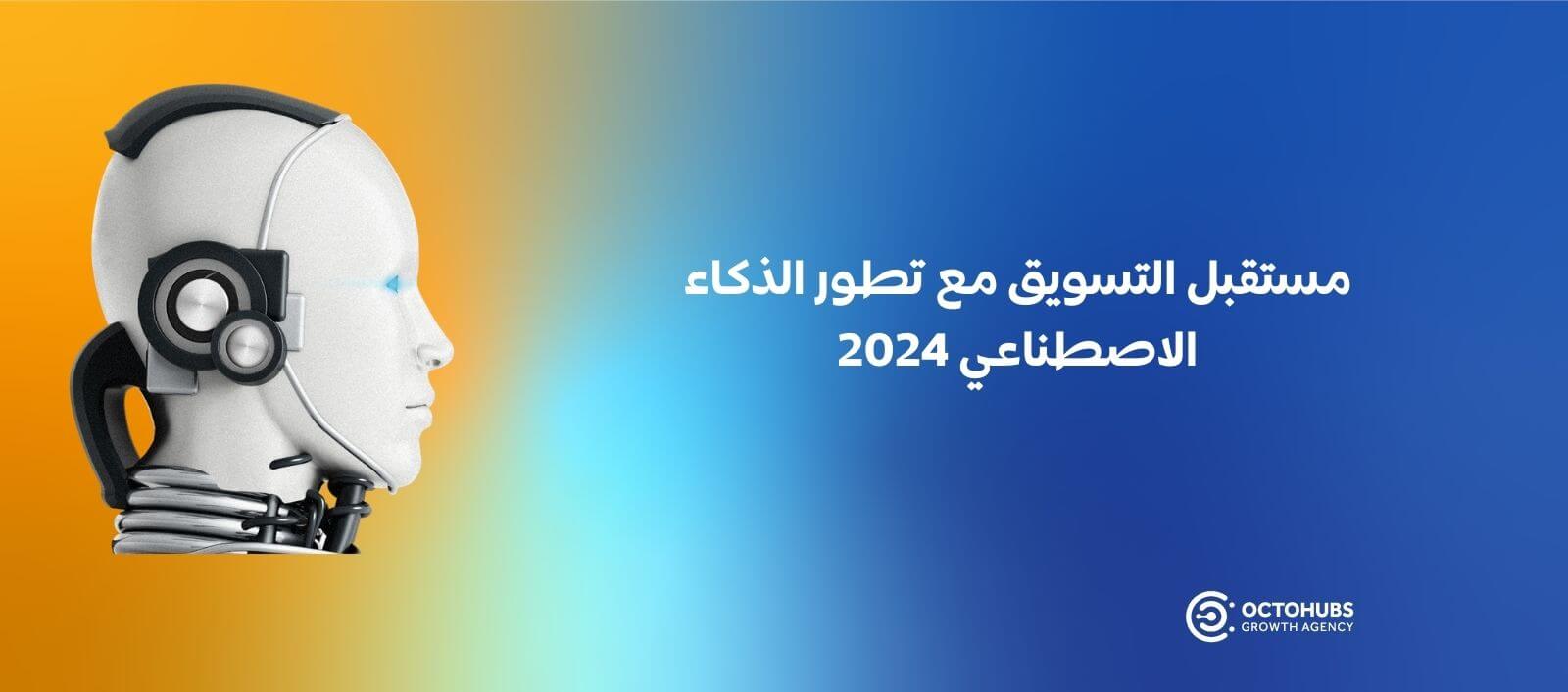If you are the owner of an online store or a Saas company, you certainly know how difficult and expensive it is to gain the trust of potential customers through paid marketing strategies, which help to some extent in building a perception of the brand when combined with... External marketing strategies However, it is not sufficient to gain the trust of potential customers and build a loyal customer base.
One of the most effective ways to market a product or brand is through... Word of mouth marketing (WOM), which is one of the most powerful and least expensive marketing strategies that helps build trust, credibility, and positive reputation among consumers or clients.
What is word-of-mouth marketing?
It is the natural spread of information about the company or its products through daily conversations between people and not through advertising or direct marketing. The success of this strategy depends on widespread positive discussions and recommendations on the ground and on social media platforms.
For example, a friend might share their positive experience with a nearby restaurant and encourage you to visit it, or sign up for a course and talk about the value they received.
But the matter is not limited to conversations between individuals only, but rather includes the reputation that the company gains from customer ratings in the store, reviews on social media sites, or the company’s encouragement of its customers to refer their friends and relatives and share their positive experiences.
Advantages of word-of-mouth marketing
- Credibility: A poll confirmed that 92% people trust word-of-mouth recommendations more than advertisements. Recommendations provided by friends or relatives are trustworthy in nature, which lends credibility to the product or service being promoted.
- Cost-effective: Compared to traditional advertising, word of mouth is an effective marketing strategy that relies on conversations, recommendations and reviews of satisfied customers.
- Wider reach: Positive experiences shared through word of mouth can quickly reach a wide audience, creating a ripple effect.
- Increase brand trust: Continuous positive word of mouth about the brand builds a strong foundation of trust and reinforces positive perception of the brand among consumers.
- Acquire more customers: Personal recommendations can lead to new customer acquisition, as people are more likely to try a product or service based on advice from someone they trust.
- building the society: Word of mouth contributes to creating a community around trade mark Connecting like-minded individuals who share positive experiences.
- Product improvement: The feedback loop provides value to businesses as customer satisfaction and areas for improvement can be measured through conversations and reviews.
- Long term effect: A positive word-of-mouth reputation can have a lasting impact on customers, contributing to increased loyalty and repeat purchases.
- Adaptability: Word of mouth is adaptable to different industries and business sizes, making it a versatile marketing tool for both small businesses and large corporations.
Word of mouth marketing is a powerful, multifaceted tool that influences consumer decisions and builds a strong foundation for a brand's long-term success.
Types of Word of Mouth Marketing (WOM)
Word-of-mouth marketing (WOM) takes different forms, each with characteristics and effects that contribute to... Brand perception In their story, understanding these types is crucial to formulating a comprehensive marketing strategy. Common forms of word-of-mouth marketing include:
1. Real customer discussions and recommendations
Word of mouth, which occurs naturally between people, is the most reliable form, as customers share their positive experiences without any direct involvement by the company. This genuine sharing often occurs naturally in conversations, online reviews, or recommendations to friends and family.
The power of these posts is their ability to build and reinforce brand credibility.
When recommendations come from real customers who have tried the product or service, they add a certain perception that resonates with potential customers.
2. Marketing with influencers and celebrities
Celebrities and influencers who have a large number of followers play a big role in word-of-mouth marketing, as brands collaborate with these people to enhance their credibility and increase the reach of their products or services.
Influencers, who are seen as authoritative figures, share their experiences with a product or service that impacts their audience and brings immediate attention that can significantly impact a brand's visibility and reputation.
3. Viral marketing
Aim to Viral marketing To create content that goes viral, reaches a wide audience, and generates buzz, viral marketing often spreads through social media platforms. Such as memes, videos, or other shareable content.
4. Buzz Marketing
Hype marketing involves creating buzz and arousing feelings of anticipation around a product or event. This type of word-of-mouth marketing is intentionally created through teasers, exclusive previews, or limited editions. The goal is to create buzz that generates discussion and interest.
Understanding these types of word-of-mouth marketing and incorporating them strategically into your Marketing plan Accurate allows businesses to capitalize on the diverse ways people naturally share and receive information, ultimately contributing to a powerful, multi-faceted marketing strategy.
How do you encourage customers to market your products/services?
Providing an exceptional customer experience
- I go above and beyond in meeting customer needs and providing quality products or services
- Respond to customer inquiries and address concerns quickly and courteously to create positive interaction
- Handle customer complaints positively and do your best to turn an angry customer into a satisfied customer
Encourage your customers to rate your product/service
- Ask your customers to rate the product or service after each purchase
- Encourage users to write their reviews on various platforms to reach a wide audience
- React to negative and positive customer comments with friendly and professional responses
Leverage social proof
- Share real-life stories and examples of how your product or service has made a positive impact on customers
- Interact and share content that users post about your brand
- Highlight professionals in your industry and influential or well-known personalities who have left reviews on your product
Hosting events or competitions
- Participate in exhibitions held in your industry and provide trial samples if possible
- Create hype around important events such as launching a new product or receiving an award or recognition by government organizations or quality experts
- Host contests and offer attractive prizes to participants to encourage engagement
Design referral programs
- Design direct, engaging referral programs that reward both referring and new customers
- Clearly explain the benefits of your referral program such as discounts, exclusive access, or loyalty points.
- Provide simple ways to refer friends whether through referral link, email or social media.
Measuring word-of-mouth marketing success
In word-of-mouth marketing, measuring success goes beyond some of the usual metrics and includes careful analysis of some Key Performance Indicators (KPIs) Additional measures that serve as basic measures to evaluate various aspects of word-of-mouth marketing performance, including:
Track referral conversions
The success of word-of-mouth marketing lies in converting referrals into real sales and tangible results, and by carefully tracking the journey from referral to final sale, businesses gain accurate insights into the effectiveness of the campaign. This KPI acts as a quantitative measure, highlighting not only the volume of referrals but also their impact on the conversion path.
Social media engagement analysis:
Interact with Social media It serves as a dynamic KPI, which includes a set of metrics that reflect audience engagement. The brand's likes, shares, comments and mentions collectively demonstrate the campaign's resonance within online communities.
High engagement means not only visibility but also active audience participation, providing valuable qualitative insights into the effectiveness of the campaign in driving authentic communications.
Net Promoter Score (NPS):
Net promoter score is another key performance indicator in word-of-mouth marketing, assessing customer loyalty and satisfaction. By asking a simple question, “How likely are you to recommend our product or service to a friend or colleague?”
Positive NPS indicates a strong foundation for word-of-mouth marketing, as satisfied customers are more likely to proactively endorse the brand.
KPIs play an important role in enhancing the depth of evaluation and providing a qualitative measure of customer sentiment and loyalty. Together, they form a comprehensive framework, enabling companies to measure the success of their word-of-mouth campaigns and improve their strategies based on accurate insights.
Additional strategies for successful word-of-mouth marketing
Now that you have a deep understanding of word-of-mouth marketing and its importance to businesses, it's time to explore some effective strategies to maximize its power. Here are some actionable tips to help you generate positive word of mouth about your brand:
Create compelling stories
People love stories. They are more likely to remember and share stories that evoke emotion and are relatable. When creating content or ad campaigns, aim to tell a story that connects with your audience and showcases your brand values.
Motivate referrals
You can motivate your customers to refer your products to their friends and family by offering them incentives. These incentives can be in the form of discounts, free products or services, or even exclusive access to events and promotions. By rewarding your customers, you show them that you value their loyalty.
Create unforgettable experiences
Customers are more likely to talk about your brand when they have memorable experiences with it. Consider investing in experiential marketing campaigns that allow your customers to engage with your brand in a unique and engaging way.
Interact with customers on social media
Social media is a powerful tool for word-of-mouth marketing. Interact with your customers on social media by responding to their comments and feedback, sharing user-posted content, and running contests and giveaways on social media. By building a strong social media presence you can amplify positive word of mouth and reach a wider audience.
Don't ignore advertising with influencers
Influencers are trusted voices in their communities and can help you reach new audiences. Find influencers who align with your brand values and have a strong following in your target market. Partner with them to create sponsored content or influencer campaigns that showcase your brand in an engaging way.
Conclusion :
Word-of-mouth marketing can be a highly effective strategy for building trust, increasing credibility, and driving business growth. By implementing the strategies outlined in this article, you can build an audience of advocates for your brand, enhance your reputation, and earn the trust of your audience, ultimately driving greater success for your business. Remember to measure the impact of your marketing campaigns to evaluate their success and make adjustments accordingly.







